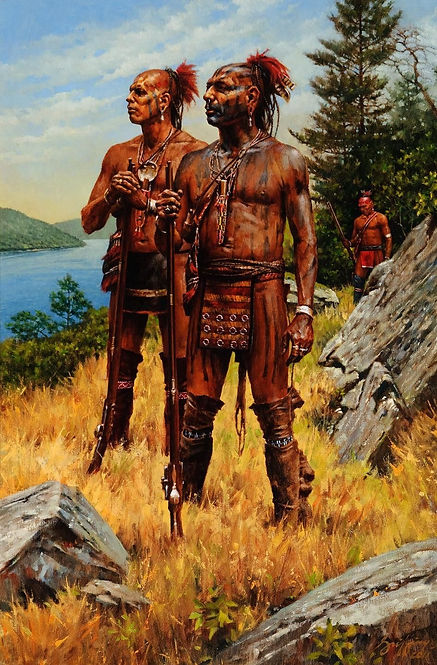History of the Iroquois

History
The Iroquois are a powerful confederation of historically five native American tribes including Mohawk, Oneida, Onondaga, Cayuga, Seneca, and Tuscarora. Around the 15th or 16th century, they evolved a democratic system known as the Great Law of Peace, promoting unity and cooperation. They were influential in fur trading and adept in diplomacy to play European powers against each other. After the American Revolution, they faced a significant loss of land but have continued to maintain their cultural identity. Today, the Iroquois continue to preserve their traditions across various reservations in the United States and Canada.
Iroquois beadwork is known for its intricate designs and cultural significance. It evolved from early quillwork to incorporate glass beads introduced by European traders in the 16th century. The beadwork is characterized by embroidery and raised techniques and typically features symbolic patterns like floral motifs which represent different aspects of nature and spirituality.
Beginning in the 19th century, the Iroquois created “whimseys” for the tourist trade which showcased their artistic abilities. Beadwork is known to hold intense cultural importance and is used in ceremonial attire and everyday objects. The beadwork continues to thrive today as both a traditional and contemporary art, preserving Iroquois heritage and cultural identity.